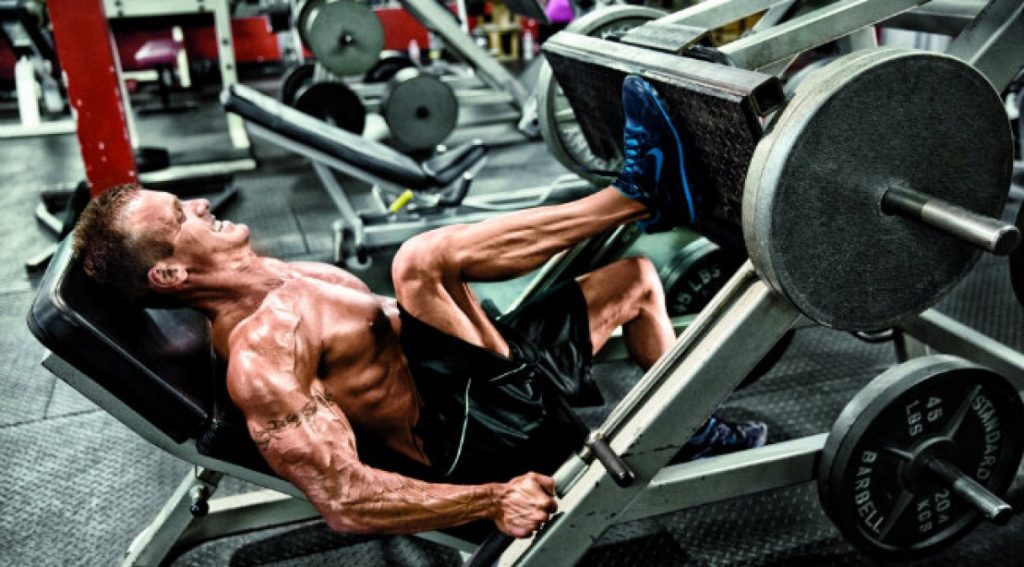It is very rare that we witness trainers in our gym using single-leg presses. Most typically, we’ll see it being demonstrated to a physical therapy patient by a personal trainer. The client will awkwardly limp through the movement. He or she may return to try it out alone down the road, but that will be about it. It’s oddly strange that we so rarely see people in our gyms using a movement.
Why is this odd? It’s interesting so few amateurs use this movement because it’s actually a fairly common movement among advanced and professional athletes. Why does such a chasm exist on what should be an obvious movement? What do the pros know that the amateurs do not? What possible reason do they have for using a movement that 99% of gymgoers don’t attempt? Let’s look at some of the reasons.
Isolating the weak leg
For elite athletes, every minute detail matters. When the judges are looking at two athletes vying for the top spot, each very close to perfection in terms of muscular development, posing, symmetry, and conditioning, the trophy often goes to the man with the most flaws. In many cases, when dealing with bodybuilders who have almost perfect genetics, it can be something as minute as one leg being slightly smaller than another. We all have differing centers of gravity and behavioral tendencies, and as a result our arms and legs develop to different extents. Devoting more weight, reps, or sets to the weaker leg allows the advanced bodybuilder to nullify a weakness.
Keeping workload equal
Furthering the theme from the above example, when a discrepancy does exist between two body parts on opposite sides of the body, some exercises tend to exasperate this problem. Movements like the leg press (with two legs) allow bodybuilders to put 51% or more of the workload onto one of the legs, giving the other leg less of a workout.
The need for shock
Advanced athletes are always looking for ways to shock their bodies into growing. New movements like the single leg press are good ways to do this.
More available time
It should be noted that training each leg individually during a set-intensive, high volume body part such as thighs can take a great deal of time. The fact that many pro bodybuilders use this movement, while amateurs often do not, may be a direct result of the fact that professionals often have more time to train in the gym. The use of unique isolation movements like this can sometimes drive a workout over 90 minutes.
The split leg press
Some advanced gyms are becoming aware of the needs of the advanced athlete. Hammer Strength has delivered a leg press machine which allows for independent use of each leg. You can alternate legs on each rep, train only one leg, or train them at the same time. Each leg pushes up it’ own independent load. This machine allows the bodybuilder to achieve the same results as the single leg press with greater safety and ease of use. If your gym has one, you owe it to yourself to check it out!

